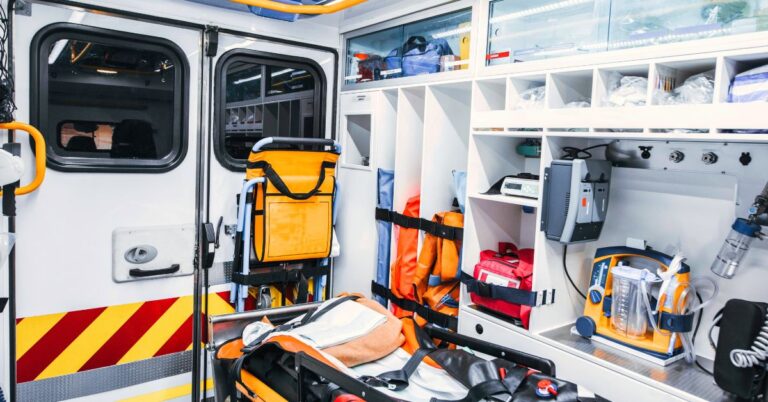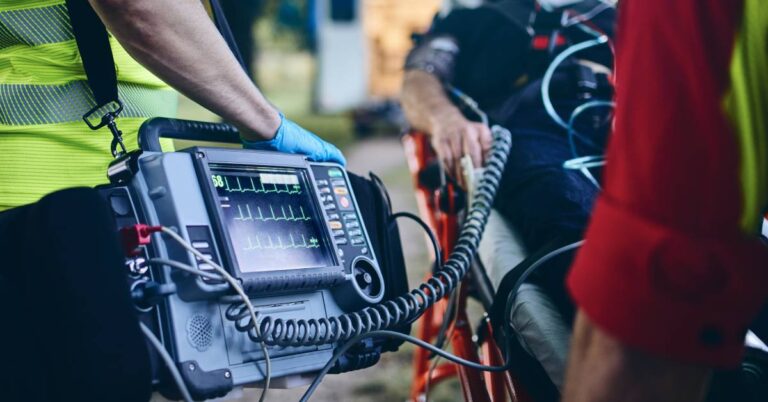
Differences Between ALS and BLS
What Are the Differences Between BLS and ALS?
When you are injured, health providers apply life-supporting mechanisms that can assist in your recovery. These are called Advanced Life Support (ALS) and Basic Life Support (BLS). Even though these measures are meant to save your life, their operations differ. Here are the differences to note between BLS and ALS.
Objective
The purpose of BLS is to provide the patient with care until emergency care services arrive. The people allowed to offer BLS are public safety professionals, healthcare providers and first-responders. BLS providers have access to EMS supplies to help their patients.
On the other hand, when a patient is in a critical condition, ALS is required. Apart from the healthcare providers being available, a paramedic is needed to help in ALS treatment.
Role of Health Providers
One significant difference is that for BLS, the providers are restricted on what they can do to assist patients. Injecting or administering medication are among the things that a BLS provider cannot do.
However, an ALS provider can offer to administer medication to patients and provide medicine. If the patient has cuts, the provider can prescribe an effective treatment option. This indicates that an ALS provider has more knowledge and training on dealing with a critically ill patient.
Equipment Used
Ambulances have a variety of equipment so that health providers can properly provide aid during an emergency. ALS ambulances have a defibrillator, ventilator, glucose testing device, and an Impedance Threshold Device. Coast Biomedical has a wide range of EMS supplies for both ALS and BLS.
Training
BLS providers are trained for situations, such as assessing the patient, scene safety, and how to perform CPR. The skills taught are non-invasive as the providers are not allowed to inject or use any device in the patient’s skin. BLS courses are open for those interested in learning about safety measures.
ALS providers, however, are trained in more techniques than what BLS providers do. ALS providers are trained in how to give injections, administer medication, and how to interpret electrocardiograms. A person needs to have an extensive background in medical knowledge to become an ALS provider.
With the differences stated above, it is evident that BLS and ALS providers have a crucial role in saving critical patients’ lives. However, each provider has different functions to perform.



